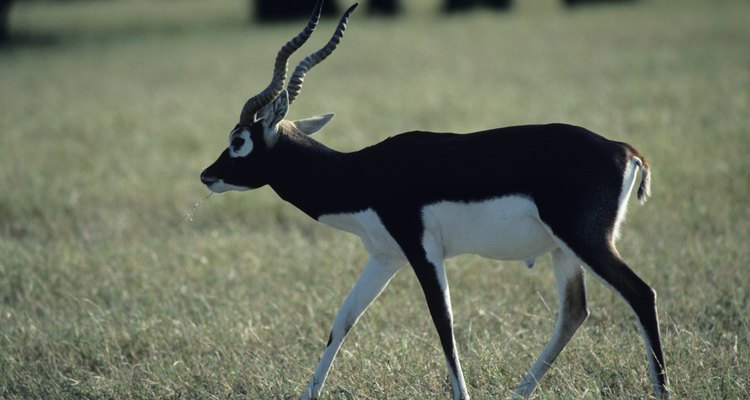
Tom Brakefield/Stockbyte/Getty Images
Blackbuck antelope roast, appreciated for its delicate, veal-like flavor, benefits from braising in plenty of liquid, while dry cooking or overcooking may ruin the heavily muscled meat by making it tough and leathery. Blackbuck antelope, transplanted from Pakistan, India and Nepal, is hunted primarily on wild game ranches in the southern United States. The meat is leaner than deer and provides about one-third the calories of beef and less cholesterol than chicken.
Rub the roast generously with melted butter, then sprinkle it with salt and pepper. If you prefer, you can blend minced garlic and small amounts of seasonings such as oregano, sage, thyme or parsley.
Place the roast in a deep, heavy roasting pan. Place the pan in an oven preheated to 450 degrees Fahrenheit and brown the roast for 20 minutes.
Reduce the oven temperature to 325 F. Pour about 2 cups of liquid such as broth or red wine into the pan. Add a large chopped onion, if desired. Cover the pan with aluminum foil to prevent evaporation.
Insert a digital meat thermometer into the thickest part of the roast. Be sure the tip of the thermometer doesn't touch bone.
Return the roast to the oven and cook it for 12 to 15 minutes per pound, or until the thermometer registers 140 F, which is considered medium rare. Baste the meat often to keep the roast moist. Don't overcook the meat because blackbuck antelope becomes tough very quickly.
Transfer the blackbuck roast to a platter. Let the meat rest for at least 3 minutes before serving.
Related Articles
Types of Meat You Can Cook
How to Cook Buffalo Fillet
How to Cook Pre-Seasoned Porketta
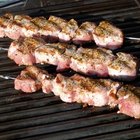
How to Cook Pork Loin
How to Slow Cook a Pot Roast With Beef ...
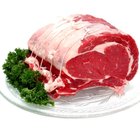
How to Marinate a Top Round Roast
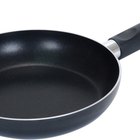
How to Cook Beef Top Round Pot Roast
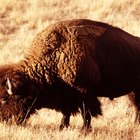
The Best Way to Prepare Bison Sirloin
How to Cook Roast Beef in a Cast-Iron ...

How to Make a Black Pepper Crust on a ...

How to Cook Texas Broil Roast
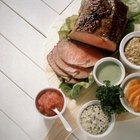
How to Cook 5 Lbs. of Beef Tenderloin

How to Cook Moose Meat
How to Cook a Choice Chuck Roast
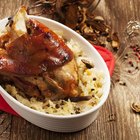
How to Cook Knuckle Roast
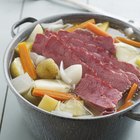
How to Cook a Large Amount of Corned ...

How to Cook a Petite Filet of Beef in ...

How to Tell If a Pork Roast is Done

How to Cook Sliced Roast Beef for ...

How to Roast an Eye Round Roast at High ...
References
- Joy of Cooking; Irma S. Rombauer, Marion Rombauer Becker
- The Deluxe Food Lover's Companion; Sharon Tyler Herbst and Ron Herbst
- Escondido Ranch: Black Buck Antelope: A Great Hunt In Texas
- Broken Arrow Ranch: Broken Arrow Ranch Waiter's Guide Blackbuck Antelope
Writer Bio
M.H. Dyer began her writing career as a staff writer at a community newspaper and is now a full-time commercial writer. She writes about a variety of topics, with a focus on sustainable, pesticide- and herbicide-free gardening. She is an Oregon State University Master Gardener and Master Naturalist and holds a Master of Fine Arts in creative nonfiction writing.
Photo Credits
Tom Brakefield/Stockbyte/Getty Images